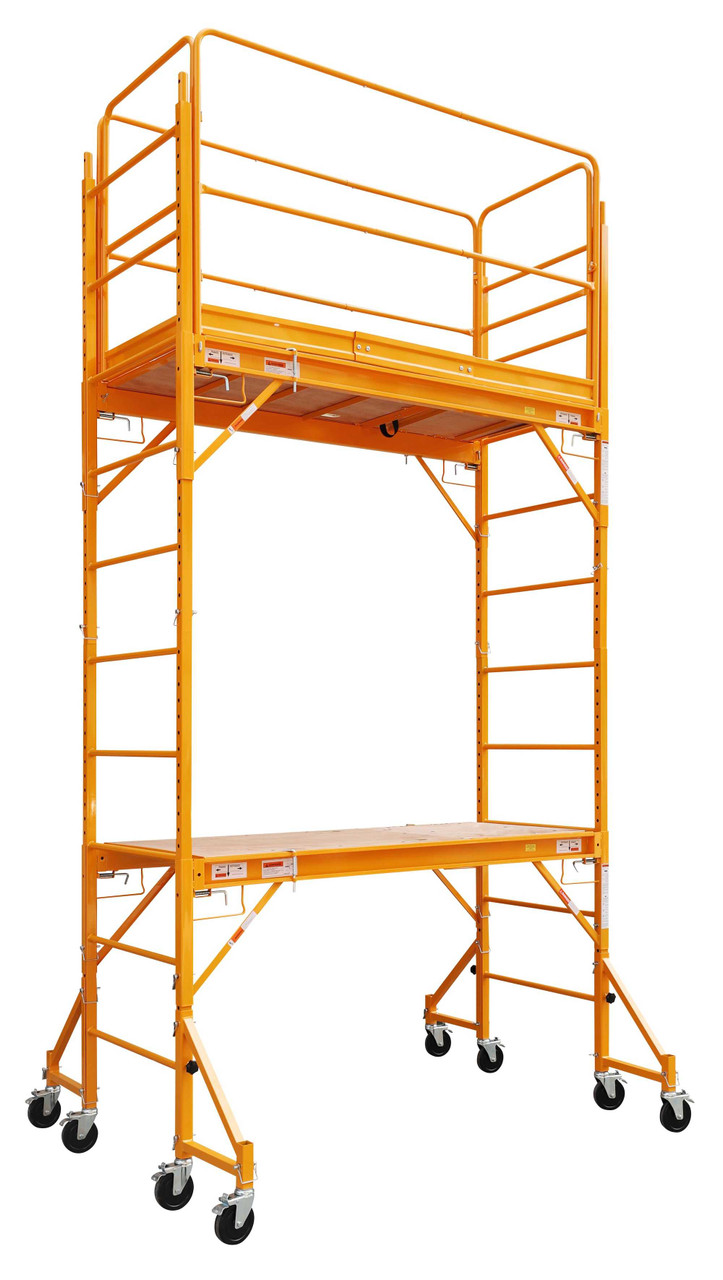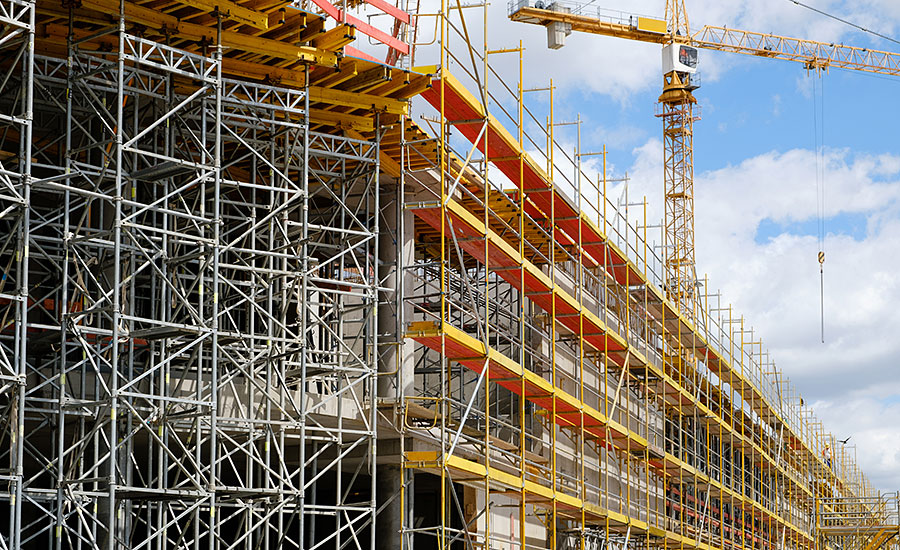Professional Scaffolder Surrey: Your Trusted Partner for Safe Installations
Professional Scaffolder Surrey: Your Trusted Partner for Safe Installations
Blog Article
A Comprehensive Overview to the Important Attributes of Scaffolding in Modern Construction
The landscape of modern-day construction progressively depends on effective scaffolding systems that prioritize advancement, safety and security, and efficiency. As jobs expand in intricacy, recognizing the essential features of scaffolding becomes vital for making sure employee safety and security and maximizing job timelines. This guide explores different kinds of scaffolding, highlights key security features, and takes a look at product developments that add to performance and sustainability. However, the ramifications of these aspects prolong far beyond mere construction practices, prompting a more detailed look at just how they affect general job success and worker well-being.
Sorts Of Scaffolding
Although scaffolding systems can vary extensively in design and application, they generally fall into numerous unique categories that deal with various building requirements - Scaffolding. The most typical kinds include supported scaffolding, put on hold scaffolding, and rolling scaffolding
Supported scaffolding consists of systems supported by a framework of posts, which provide a raised and stable functioning surface area. This type is normally used for tasks that need considerable altitude, such as bricklaying or external painting.
Suspended scaffolding, on the other hand, is used for tasks calling for accessibility to high altitudes, such as cleansing or fixing structure exteriors. This system hangs from a roof or one more structure, enabling workers to lower or raise the system as required.
Moving scaffolding functions wheels that enable simple wheelchair across a job site. It is particularly helpful for tasks that need frequent relocation, such as indoor operate in large rooms.
Each kind of scaffolding is made with details applications in mind, making certain that construction jobs can be performed successfully and effectively. Comprehending these classifications is important for selecting the proper scaffolding system to satisfy both project demands and site conditions.
Key Safety Attributes
Safety and security is vital in scaffolding systems, as the prospective risks related to operating at heights can bring about severe accidents otherwise appropriately managed. Trick security features are necessary to make sure the well-being of employees and the stability of the construction website.
Primarily, guardrails are critical. These barriers offer a physical guard against drops, substantially minimizing the danger of serious injuries. In addition, toe boards are commonly utilized to protect against devices and products from falling off the scaffold, protecting employees listed below.
One more important component is using non-slip surface areas on platforms. This feature boosts grip, particularly in damaging climate condition, thus decreasing the possibility of falls and slips. Gain access to ladders need to be securely positioned to help with risk-free access and leave from the scaffold.
Normal examinations and upkeep of scaffolding systems are additionally vital. These evaluations make certain that all parts are in great condition and working appropriately, resolving any wear or damage promptly.
Lastly, proper training for all personnel associated with scaffolding operations is vital to make certain that they recognize safety procedures and can determine prospective risks. Scaffolding. Collectively, these features create a safer working setting and significantly mitigate threats linked with scaffolding
Product Advancements
Improvements in material science have actually dramatically affected the scaffolding market, enhancing both safety and performance in contemporary building. The introduction of high-strength steel and light weight aluminum alloys has actually transformed traditional scaffolding systems. These products are not just lighter, making them simpler to construct and deliver, but also supply remarkable load-bearing capabilities. This causes scaffolding structures that can sustain higher weights while reducing the threat of collapse.
Additionally, cutting-edge composite products, such as fiberglass-reinforced plastics, have actually become sensible options. These products are resistant to deterioration and environmental destruction, thus prolonging the lifespan of scaffolding systems, especially in rough weather condition problems. The use of such products adds to lower upkeep prices and guarantees regular performance in time.


Layout Considerations
Considering the intricacies of modern building projects, efficient scaffolding design is vital to making sure both performance and safety and security. Design factors to consider should incorporate various elements, including load ability, elevation, and the details requirements of the construction site. Each task provides one-of-a-kind difficulties, demanding a flexible method to scaffolding systems that can adjust to differing conditions.
Structural integrity is essential; therefore, engineers need to compute the anchor loads that the scaffolding will sustain, consisting of employees, materials, and equipment. The option of products plays a crucial role in making sure the scaffolding can hold up against these loads while remaining light-weight and sturdy. Additionally, the style needs to permit very easy access and egress, facilitating the smooth movement of materials and workers.
Security functions, such as guardrails and non-slip surfaces, should be incorporated to reduce dangers of mishaps. The layout needs to think about the surrounding atmosphere, including prospective dangers and nearby structures. By addressing these design factors to consider, building and construction companies can improve the efficiency of scaffolding systems and promote a safer working setting, inevitably adding to the total success of the project.
Maintenance and Evaluations
The performance of scaffolding systems extends beyond first layout and implementation; recurring maintenance and routine examinations are essential to guaranteeing their proceeded efficiency and security throughout the duration of a project. Routine examinations need to be carried out by certified employees to recognize any type of indicators of wear, damage, or instability that can compromise the honesty of the scaffolding.
Upkeep methods ought to consist of routine checks of architectural components, such as slabs, frames, and fittings, making certain that all aspects stay safe and free from rust or other damage. Furthermore, the capability of safety and security features, such qualified scaffolder as guardrails and toe boards, must be assessed to guarantee conformity with safety and security policies.
Documentation of all inspections and maintenance activities is important for liability and regulatory compliance. A methodical approach to record-keeping not just aids in tracking the condition of the scaffolding yet also supplies essential proof in case of an occurrence.
Eventually, establishing a detailed maintenance and inspection routine will considerably reduce the risk of additional reading crashes and boost the overall safety and security of the construction site. By focusing on these practices, construction supervisors can secure workers and support the project's honesty.

Conclusion
To conclude, the essential features of scaffolding in modern construction incorporate a variety of critical components, including varied types, key security systems, material advancements, and thoughtful layout considerations. Stressing security through guardrails and non-slip surfaces, alongside advancements in materials like high-strength steel, enhances both efficiency and sustainability. Additionally, normal upkeep and inspections are important for making certain structural honesty and security on building websites, ultimately assisting in efficient project execution and advertising the wellness of employees.
The landscape of contemporary building progressively relies on reliable scaffolding systems that prioritize efficiency, safety and security, and advancement.Improvements in product science have substantially influenced the scaffolding market, enhancing both safety and efficiency in modern-day building and construction. On the whole, these product advancements not only enhance the efficiency and safety and security of scaffolding systems however likewise align with the sector's press towards sustainability, as numerous modern-day products are developed to be much more environmentally pleasant.
Thinking about the complexities of modern-day building projects, reliable scaffolding style is critical to making sure both functionality and safety.In verdict, the vital features of scaffolding in modern-day building incorporate a variety of crucial components, including varied types, key security mechanisms, product innovations, and thoughtful layout considerations.
Report this page